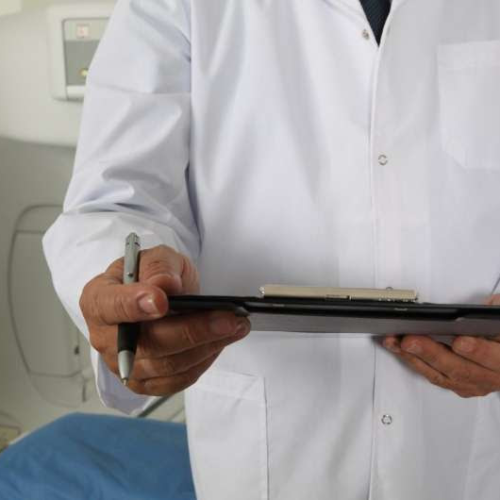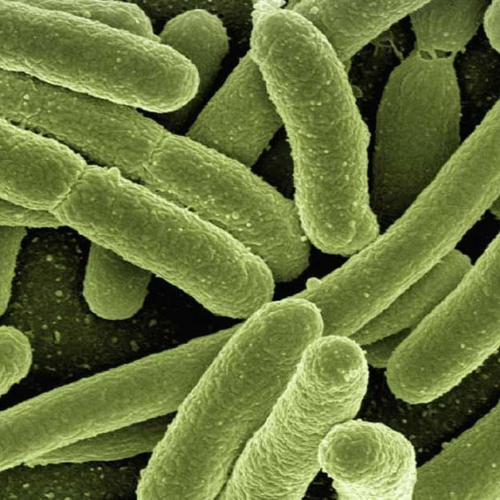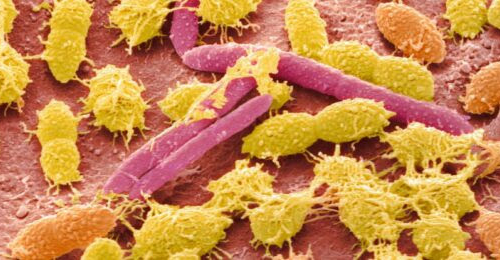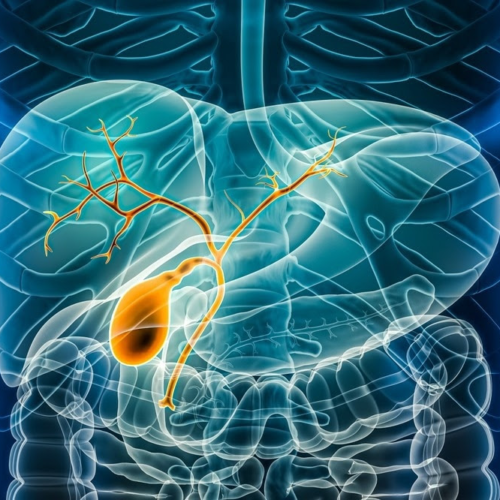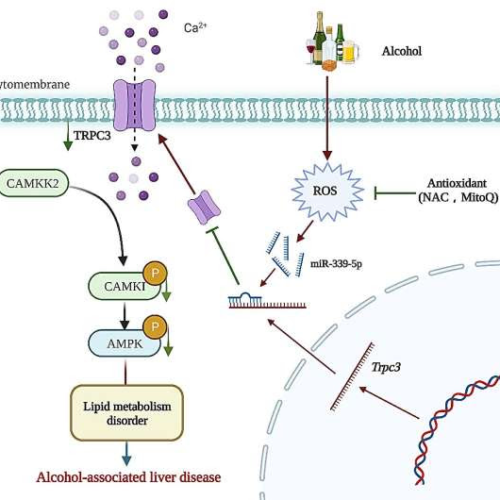Christina Szalinski More than half the cells in the human body are not human — they’re microbes. Each microbe makes unique molecules, or metabolites, and studying them is crucial for understanding the microbiome’s role in health and disease. But with so many microbes and metabolites floating around — literally trillions — how can you tell...
Category: <span>biological sciences</span>
Health and zombie cells in aging
Peer-Reviewed Publication MAYO CLINIC With age, cells can experience senescence, a state where they stop growing but continue releasing inflammatory and tissue-degrading molecules. When a person is young, the immune system responds and eliminates senescent cells, often referred to as zombie cells. However, zombie cells linger and contribute to various age-related health problems and diseases....
Scientists discover biological mechanism of hearing loss caused by loud noise, and find a way to prevent it
by University of Pittsburgh Credit: CC0 Public DomainAnyone who has ever been to a loud concert knows the feeling of ringing ears. Some people experience temporary or even permanent hearing loss or drastic changes in their perception of sound after the loud noises stop. Thanos Tzounopoulos, Ph.D., director of the Pittsburgh Hearing Research Center at the...
Fibroblasts in the penis are more important for erectile function than previously thought
by Karolinska Institutet Credit: CC0 Public Domain Regular erections could be important for maintaining erectile function, according to a new study on mice published in Science by researchers at Karolinska Institutet. “We discovered that an increased frequency of erections leads to more fibroblasts that enable erection and vice versa, that a decreased frequency results in fewer...
New Technology Unscrambles the Chatter of Microbes
As part of a large collaboration with scientists around the world, researchers from the University of California San Diego have developed a new search tool to help researchers better understand the metabolism of microorganisms.Microbes are key players in virtually all biological and environmental systems, yet limitations in current techniques used to study microbial metabolism make...
Bacteria’s natural self-destruct mechanism used to fight infections
By Paul McClure Researchers have harnessed a bacterial self-defense mechanism to fight infectionRechkoblit et al. A new study has demonstrated that a natural bacterial defense mechanism against invading viruses can be used as a weapon to combat bacterial infection. The finding opens the door to new anti-bacterial therapeutics, particularly important in the face of rising antibiotic...
‘Obelisks’: Entirely New Class of Life Has Been Found in The Human Digestive System
By TESSA KOUMOUNDOUROS Scanning electron micrograph of human microbiome sample. (Science Photo Library/Canva)Peering into the jungle of microbes that live within us, researchers have stumbled across what seem to be an entire new class of virus-like objects. “It’s insane,” says University of North Carolina cell biologist Mark Peifer, who was not involved in the study,...
Destroying tumor cells with calcium
Activating calcium channels leads to a deadly influx of calcium ions into tumor cellsPeer-Reviewed Publication WILEY Calcium ions are essential for cells, but can be toxic in higher concentrations. A team of researchers has now designed and prepared a combination drug that kills tumor cells by modulating the calcium influx into the cell. An external...
Cholangiocyte Biology and Its Implications in Cholangiopathies
By Dr. Priyom Bose, Ph.D.Reviewed by Danielle Ellis, B.Sc. The biliary system comprises extrahepatic bile ducts, intrahepatic bile ducts, and the gallbladder. The intrahepatic and extrahepatic biliary tree is lined with epithelial cells known as cholangiocytes. These epithelial cells are associated with vital physiologic processes that are crucial for normal body functioning. Considering the importance...
Hepatic TRPC3: An emerging regulator of alcohol-associated liver disease
by Higher Education Press The proposed model of hepatic TRPC3-regulated ALD. Credit: Qinchao Ding, Rui Guo, Liuyi Hao, Qing Song, Ai Fu, Shanglei Lai, Tiantian Xu, Hui Zhuge, Kaixin Chang, Yanli Chen, Haibin Wei, Daxi Ren, Zhaoli Sun, Zhenyuan Song, Xiaobing Dou, Songtao LiExcessive alcohol intake is strongly associated with alcohol-associated liver disease (ALD) which...


